UX Research | UXR Case Study
Sustainable Shopping Experiences For Social Good
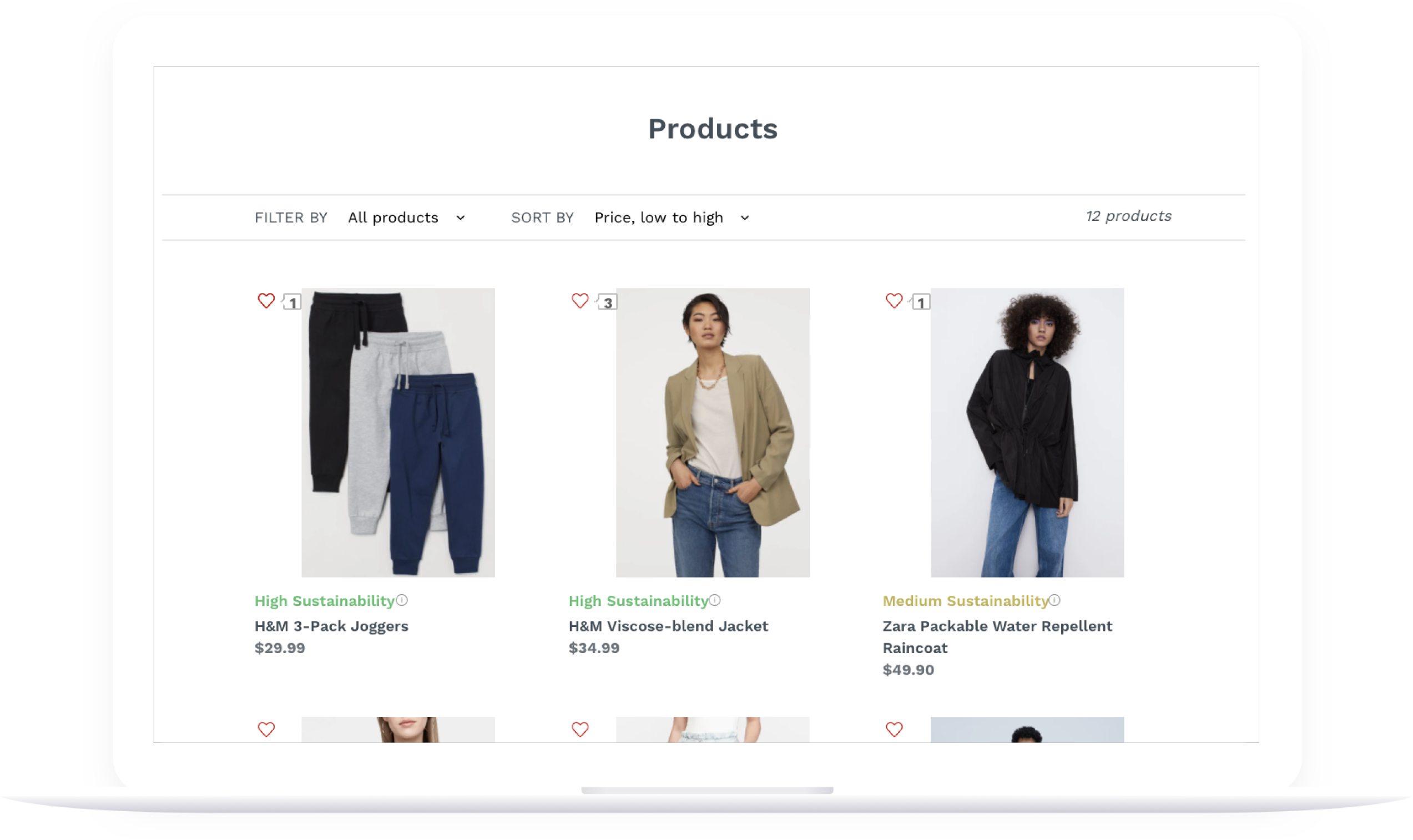

Ethical Icon's mission is to make awareness, education, and advocacy for sustainable products simple.
How might we empower users to make a positive impact on the planet, people, and animals through their consumer buying power?
CEMTF was established in 2019 and was preparing to launch a online summit to connect various leaders for the fight against climate change in the Bay Area. However, they didn't have an online presence and needed one.
I conducted 15 user interviews with individuals who identify as being a conscious shopper to understand their perspectives of shopping sustainably.
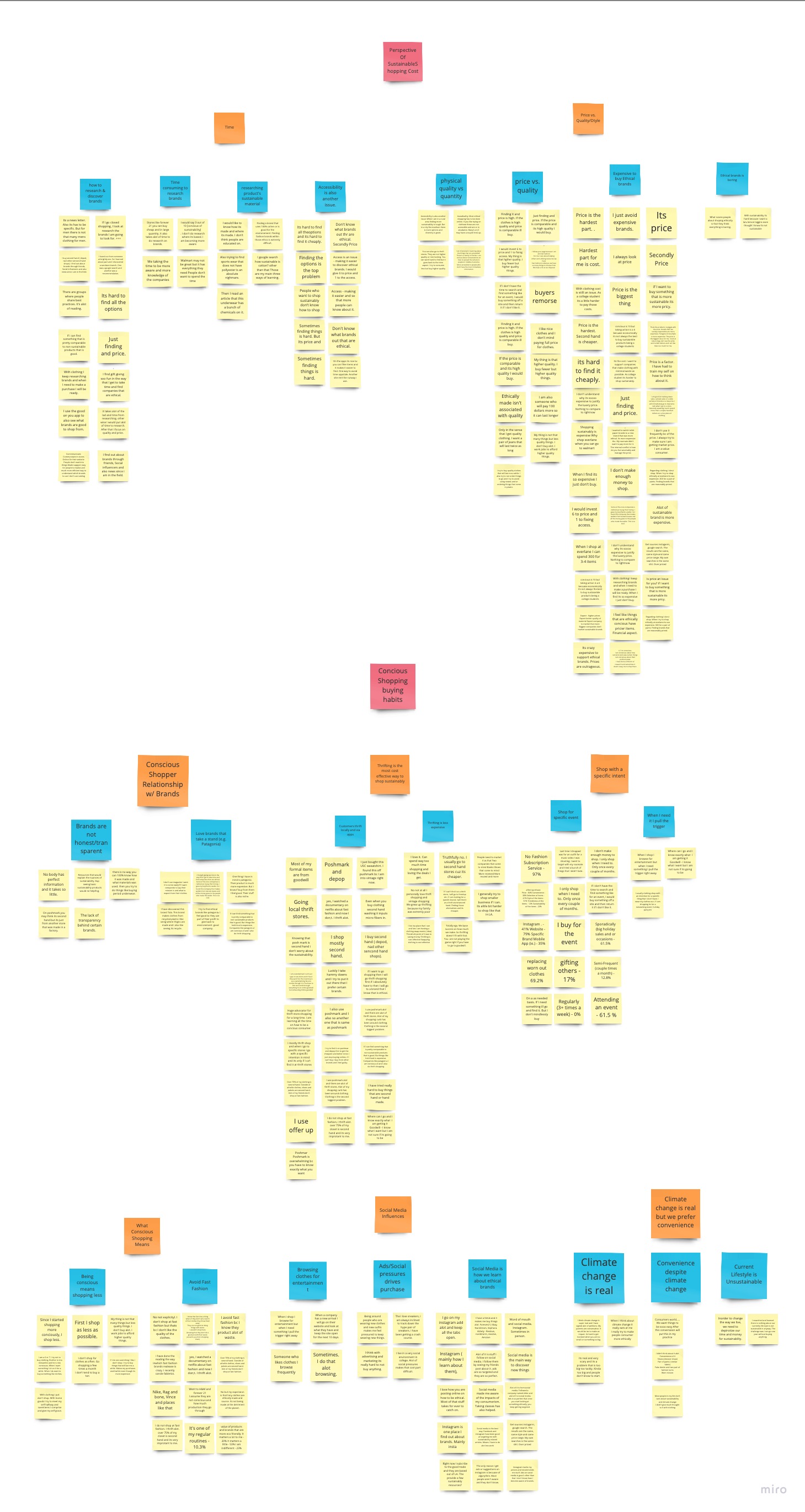
I used an affinity diagram to synthesize the qualitative data from the interviews which allowed me to understand the complexity behind shopping sustainably and turn them into key insights for personas.
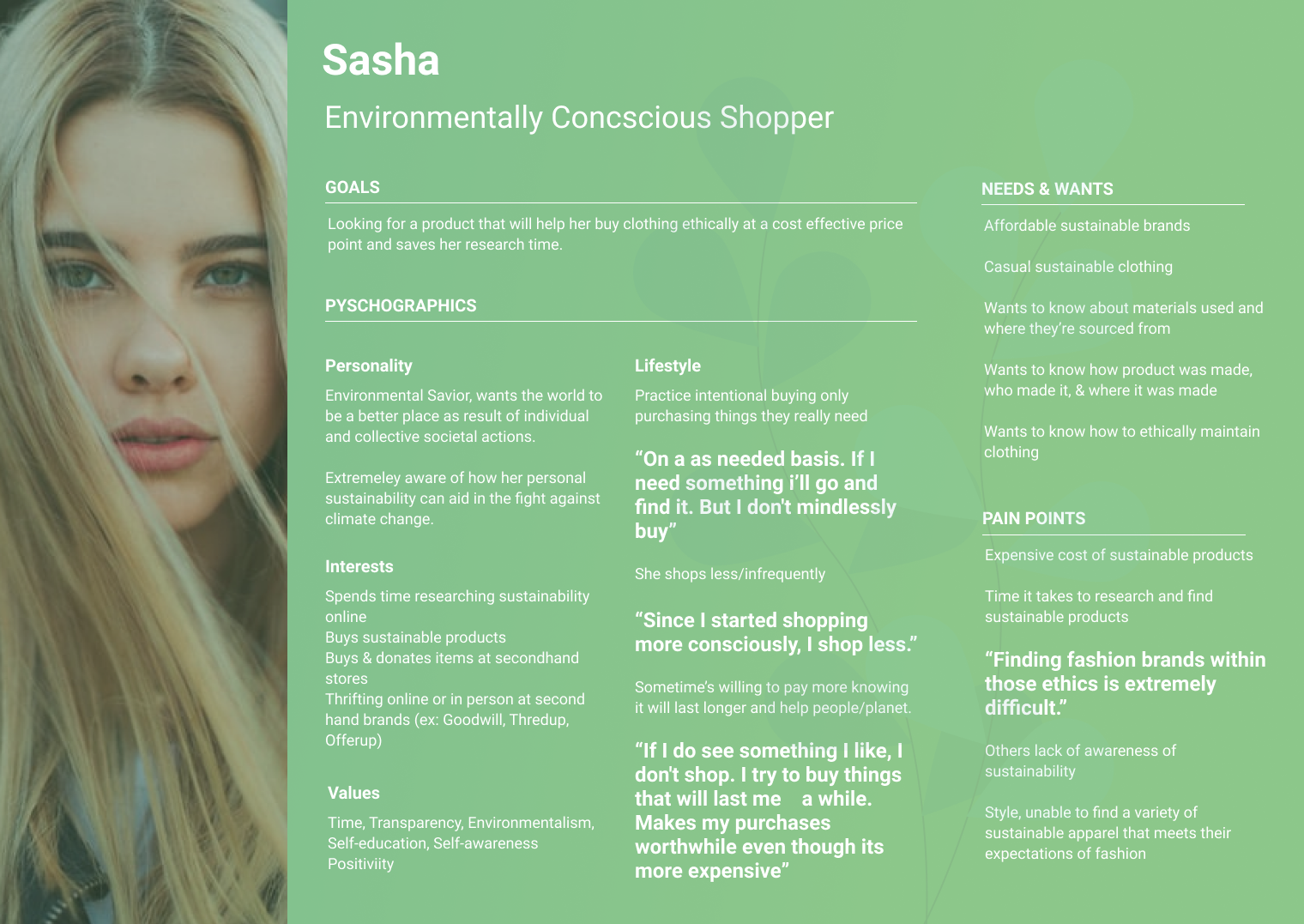
With our persona in mind we began to brainstorm possible solutions while putting together the pieces of the supply chain as we understood it. Then we moved on to researching what concious shoppers expect from a online sustainable shopping experience.

We conducted this survey to validate which features from brainstorming would be the most valuable to our users and received 150 responses.

Hypothesis: Conscious shoppers want to browse different levels of sustainable products that are affordable and stylish via scores so that they can be aware of how sustainable different brands products are
Value Proposition: Save conscious shoppers time from having to research the sustainability of brands products that vary in price and style to meet their needs.
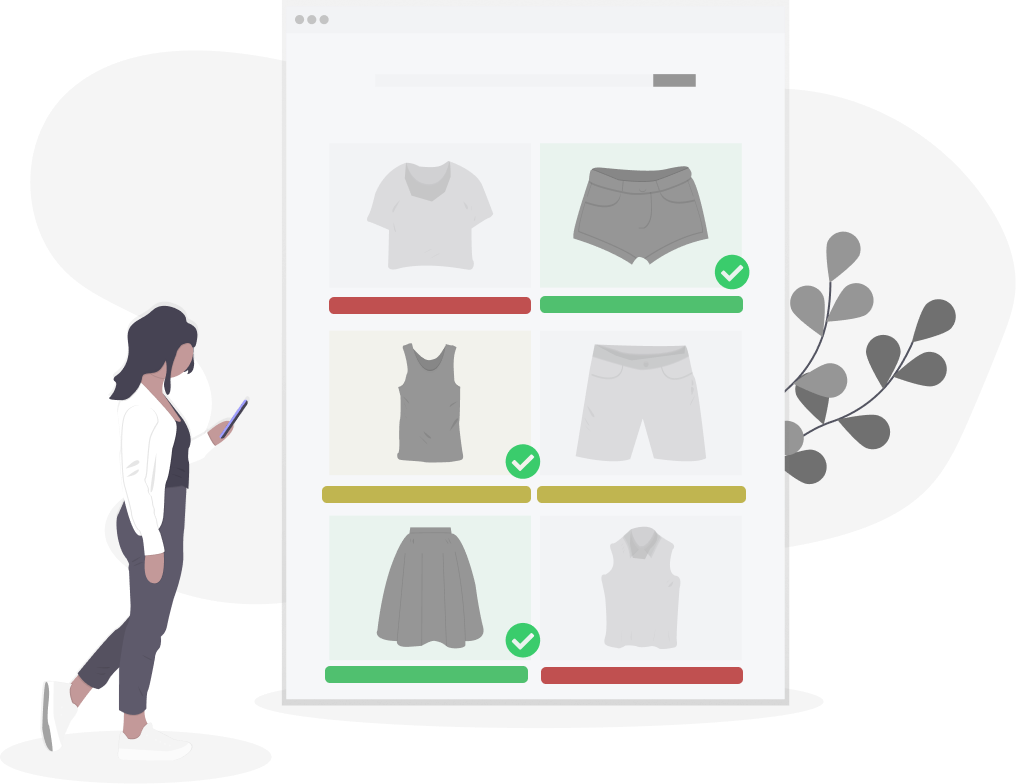
The concept is an online shopping experience via a product search tool that aggregates brand sustainable scores from third party rating and certification businesses and then attaches them to a brand’s product.
We faced a sustainable brand dilemma because no brand is 100% sustainable. The Fashion Transparency Index 2019 fromFashion Revolution ranks how transparent the top 200 brands are about their sustainability efforts. None of them rank above 70%.
We decided to recognize the brands leading the way to a more sustainable future, and let them set the bar as high sustainable, but still provide their scores to let the shopper decide if it’s good enough for them.
For example, in the Fashion Transparency Index 2019 chart below, H&M has a score of 61%. In our designs we color coded it green for “High Sustainability” but the user could decide that 61% isn’t high enough for them.
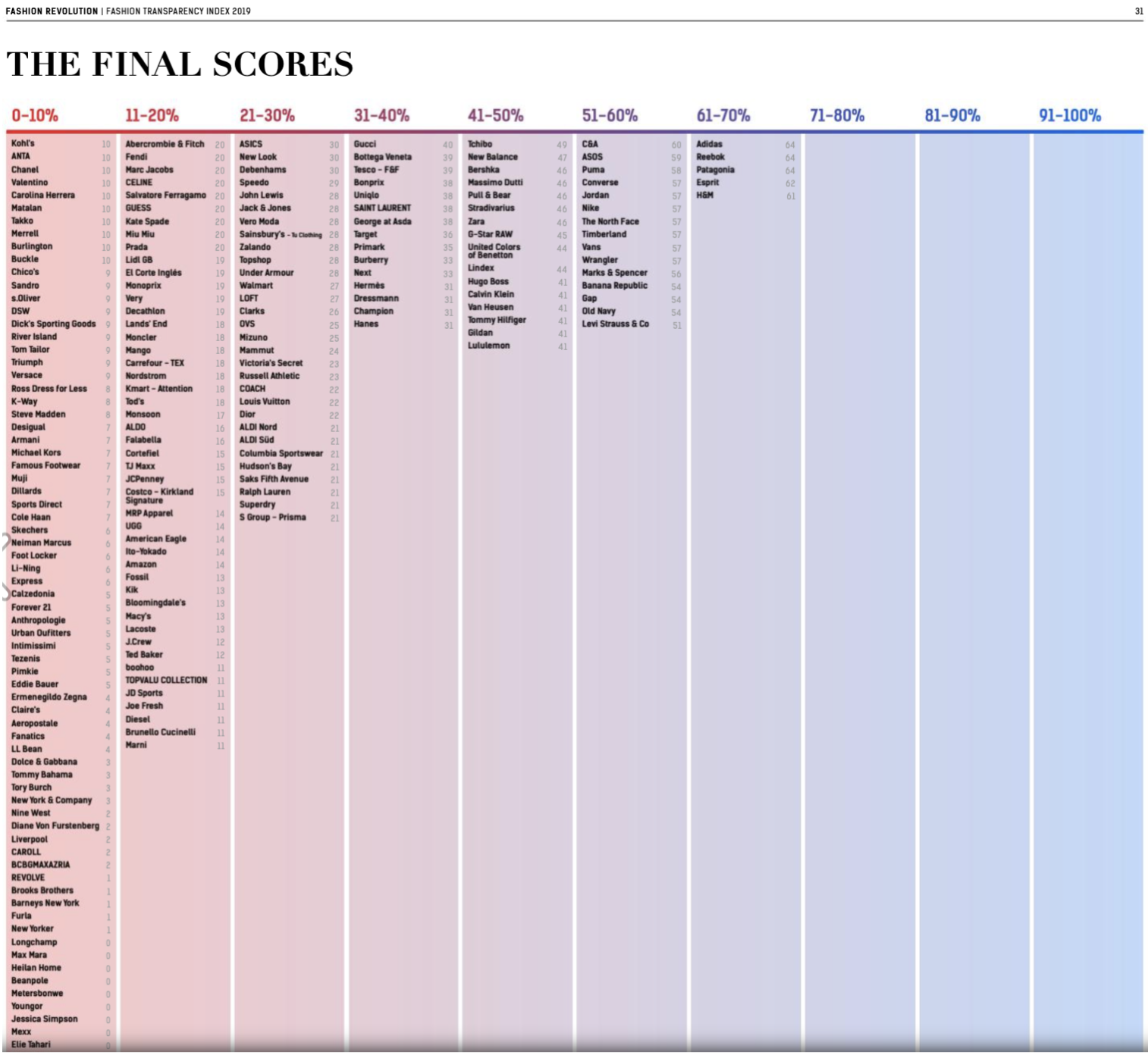
Based on the chart above we categorized brands sustainability score based on the percentile they fell in. We then selected a few brands for our project depending on where their score fell. For all other third party business scores we decided to align it with this chart’s percentiles because it was the most clear, concise, and publicly available.
Once we aggregated all of the scores from these different third parties we picked the median score to determine the overall score. We ended up choosing Express, Nike, Zara, & H&M to test with because they each fall within different percentiles.
High Sustainability: Has a score between 61-100% which indicates a product was made with eco-friendly materials, clean manufacturing process, and fair labor practices.
Medium Sustainability: Has a score between 41-60% which indicates a product was made with somewhat eco- friendly materials, clean manufacturing process and fair labor practices.
Low Sustainability: Has a score between 0-40% which indicates a product was made with harmful materials, polluting manufacturing process and poor labor practices.
With the scores established we moved on to designing and developing the MVP.
I quickly developed an MVP we could usability test with in 3 days by modifying the code of a Shopify template and using a wishlist widget. I ended up using the layout of the template but everything else was designed by me. It was kept very simple because our focus was on the shopping experience with the variety of sustainable scores.
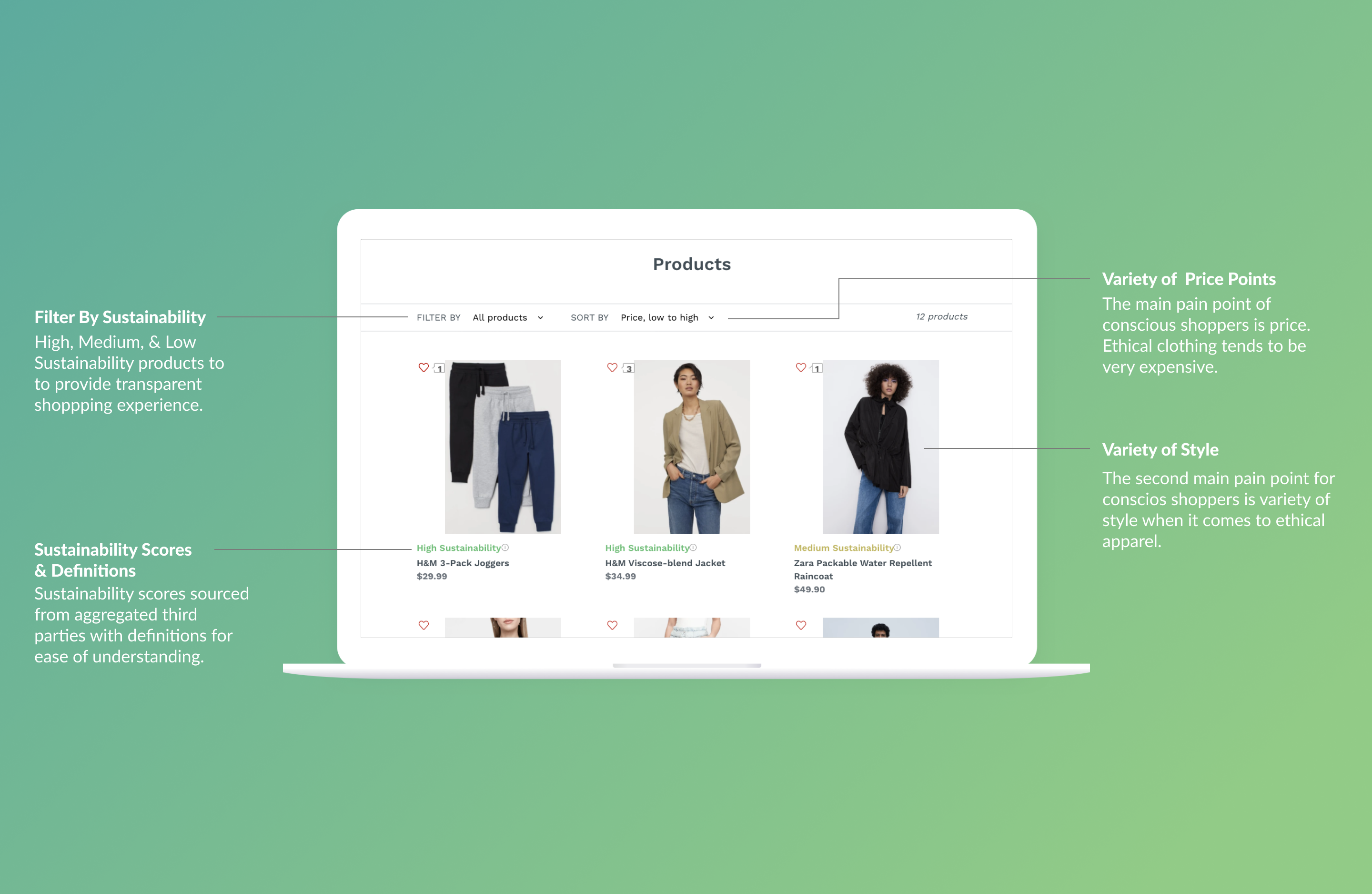
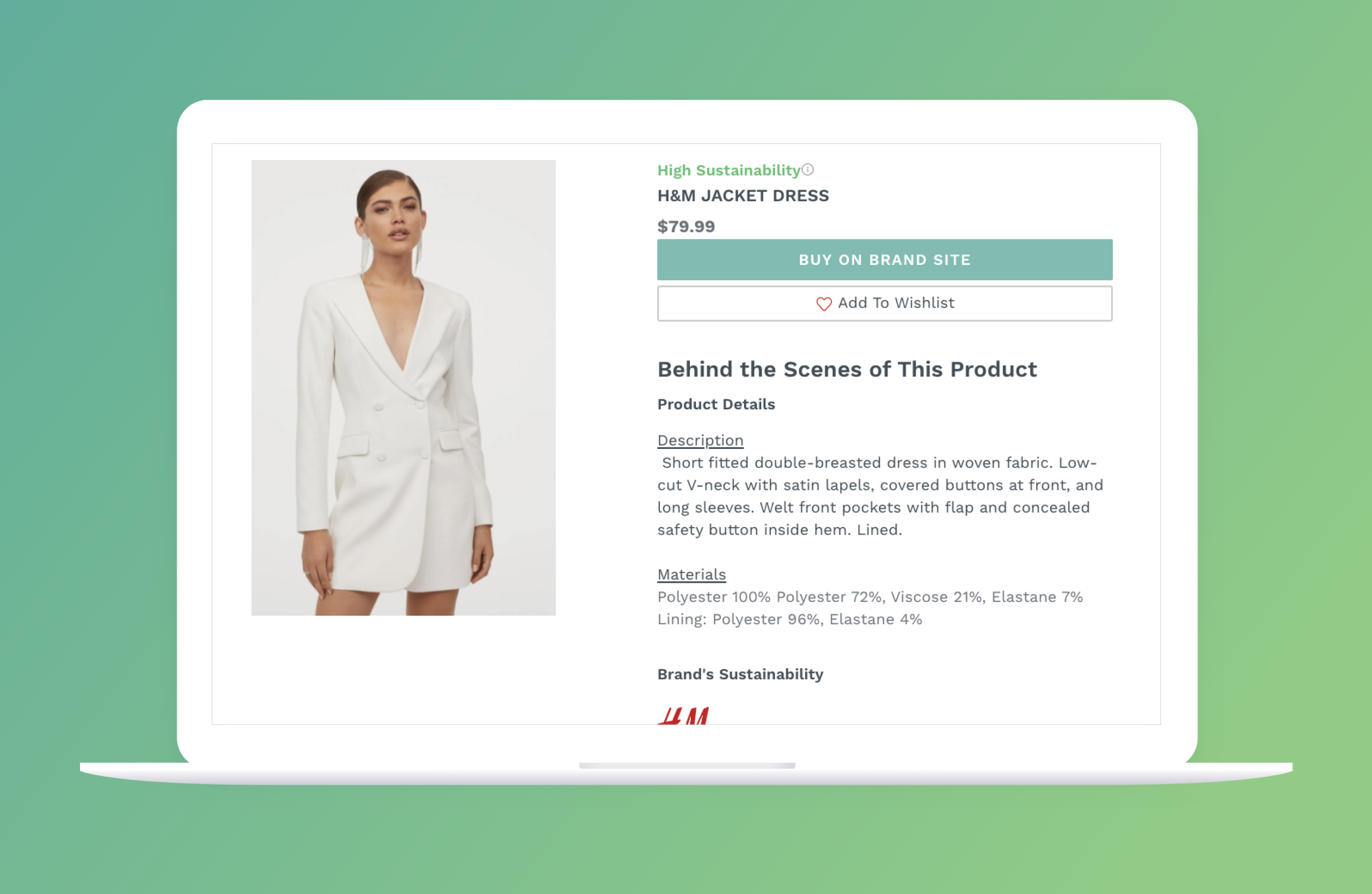

Conscious shoppers said they wanted a way to hold brands accountable so an autogenerated email is provided that they can send.

We usability tested the concept with 5 people who identified as conscious shoppers in our previous surveys. All 5 were different ethnicities and given 2x more women than men responded to our surveys majority of our interviewees were women. I transcribed the interviews, organized the qualitative data in an excel sheet, and then picked out the most important data points to synthesize via an affinity diagram to discover the trends.
